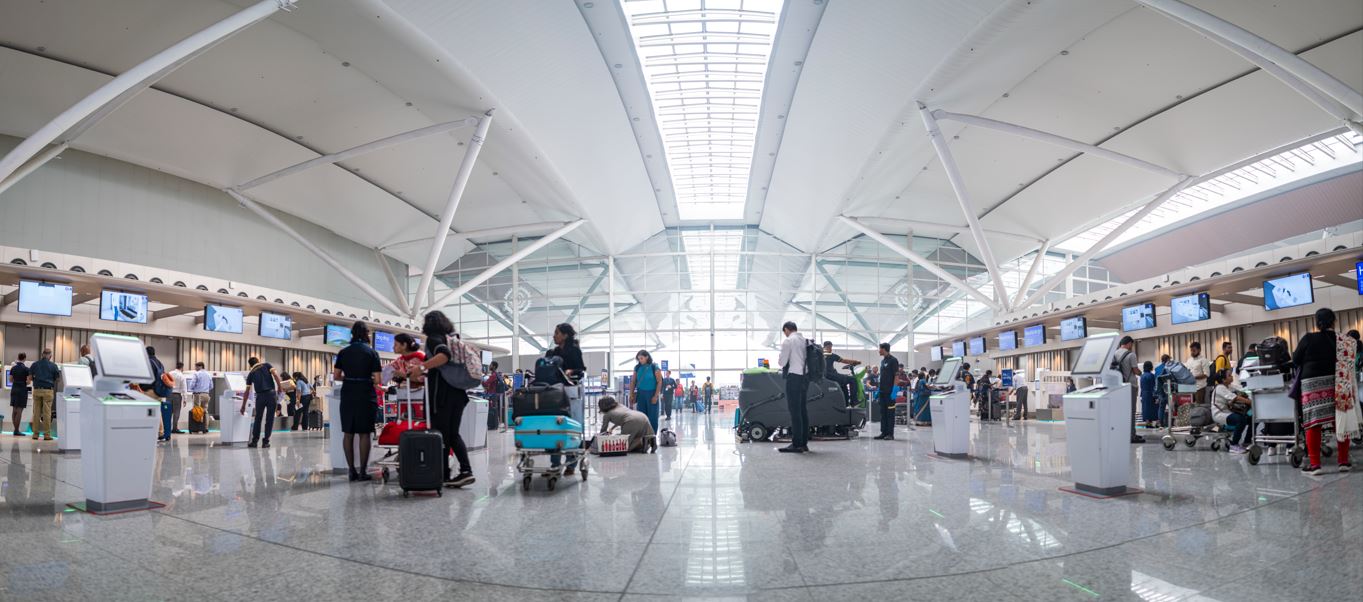
The newly upgraded Terminal 1 (T1) at Indira Gandhi International Airport (IGIA), Delhi, marks a major milestone in India’s aviation journey. Designed to accommodate the rising demand for domestic air travel, the terminal blends cutting-edge technology, sustainable design, and enhanced passenger amenities.
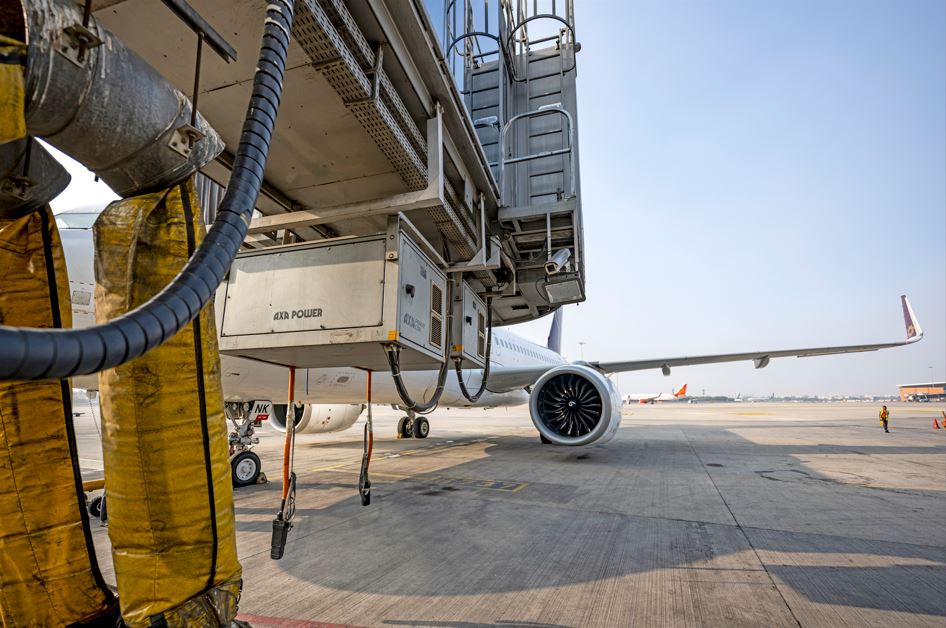
“Is your organization drowning in underutilized assets while struggling to meet sustainability targets?” The gap between operational efficiency and environmental goals often stems from overlooked asset management strategies. Asset rationalization-the systematic evaluation and optimization of an organization's asset portfolio—has evolved into a vital business lever at the intersection of cost control and environmental responsibility.
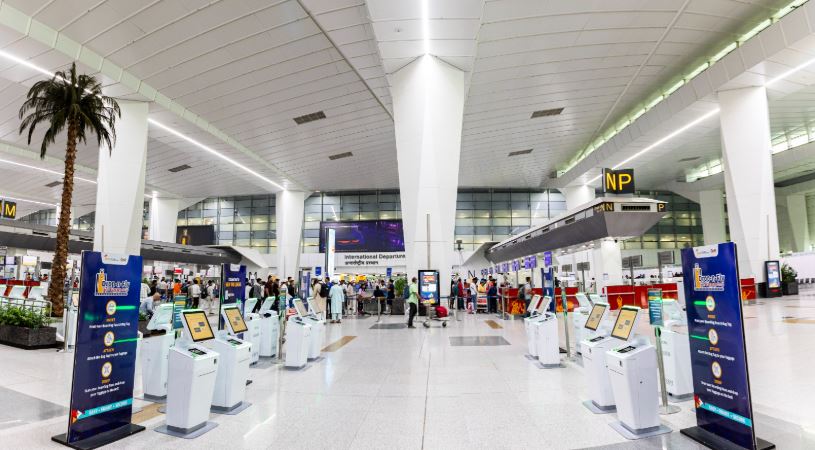
Can a facility that operates 24/7, handles millions of passengers, and manages thousands of assets function effectively without an integrated approach? This isn’t just a philosophical question, it’s a pressing operational challenge.
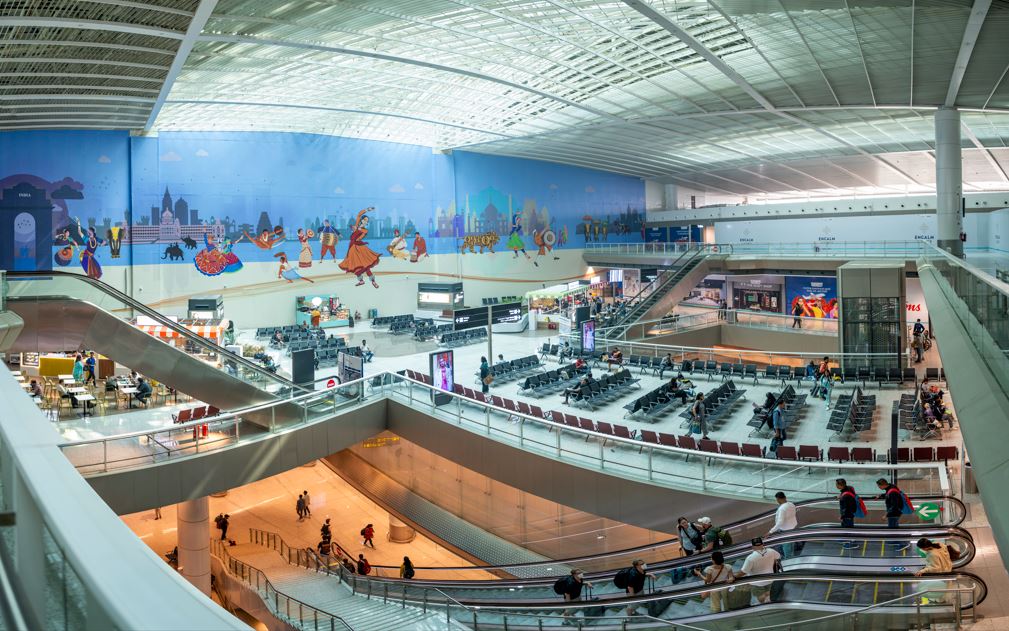
What distinguishes a successful airport megaproject from one mired in delays and overruns? Often, it’s not just the blueprint or the budget—but the precision with which manpower and assets are managed.
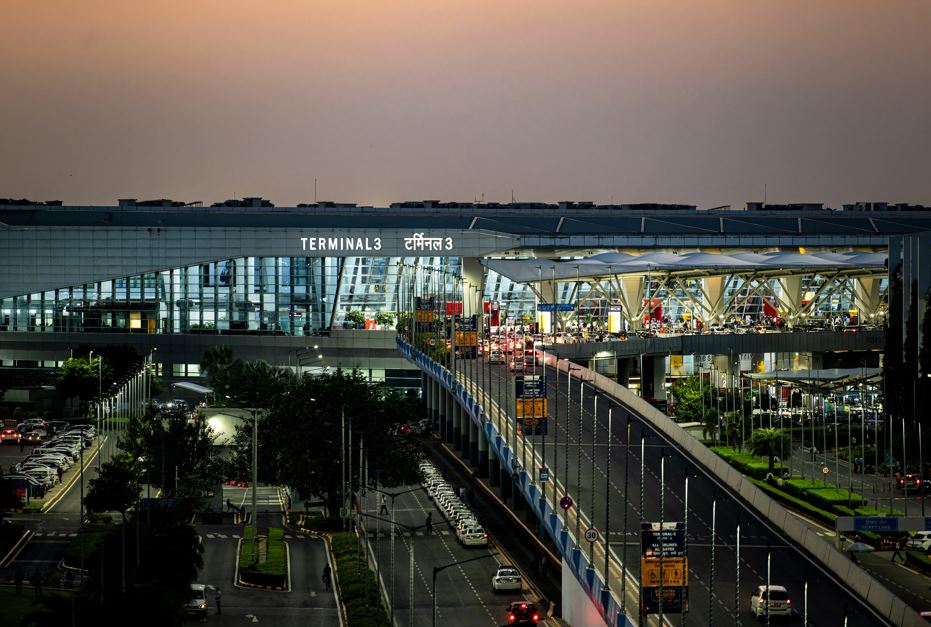
The concept of a circular economy is gaining significant momentum across industries, offering a sustainable approach that challenges the traditional "take, make, dispose" model. In the context of airport infrastructure, this model is especially vital as airports face rising environmental concerns, operational costs, and resource constraints.